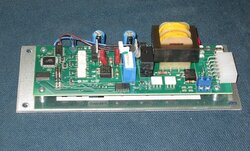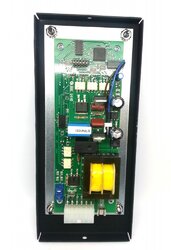So I am having an issue. My igniter burned out at the end of last season, I had been buying aftermarket igniters from Grainger but they only last about 1 season and I had a spare igniter to use before I order an OEM part. So I installed the cheap igniter, begin a test fire and all seems fine until after about 10 min. the power to the stove went off. I put the fire out, unplugged the stove and checked the fuse. It was toasted so I replace that and go to do another test burn and the igniter never got hot, no fire, just pellets piling up in the burn pot. I pull the igniter and OHM it and its toast.
So I order a new OEM from an online dealer. Installed it and I got the exact same results as above, fuse blew after 10 min and igniter was toast.
Called St. Croix tech support and they guy sounded very educated but he had no idea and of course over the phone made finding an answer very difficult. He told me to look for a dead short in the wiring which I did but it just doesnt make sense.
One thing I failed to mention, after it didnt lite the second time, I hand lit the stove and ran it for about 2 hours with no hiccups. So something points to the igniter blowing my fuse it seems. Any tech guys here wanna offer their $0.02?
I also talked to the service guy at the store where I originally purchased the stove 13 years ago. He was drawing a blank as well but he said "we'll get this figured out somehow"...lol.
So I order a new OEM from an online dealer. Installed it and I got the exact same results as above, fuse blew after 10 min and igniter was toast.
Called St. Croix tech support and they guy sounded very educated but he had no idea and of course over the phone made finding an answer very difficult. He told me to look for a dead short in the wiring which I did but it just doesnt make sense.
One thing I failed to mention, after it didnt lite the second time, I hand lit the stove and ran it for about 2 hours with no hiccups. So something points to the igniter blowing my fuse it seems. Any tech guys here wanna offer their $0.02?
I also talked to the service guy at the store where I originally purchased the stove 13 years ago. He was drawing a blank as well but he said "we'll get this figured out somehow"...lol.



